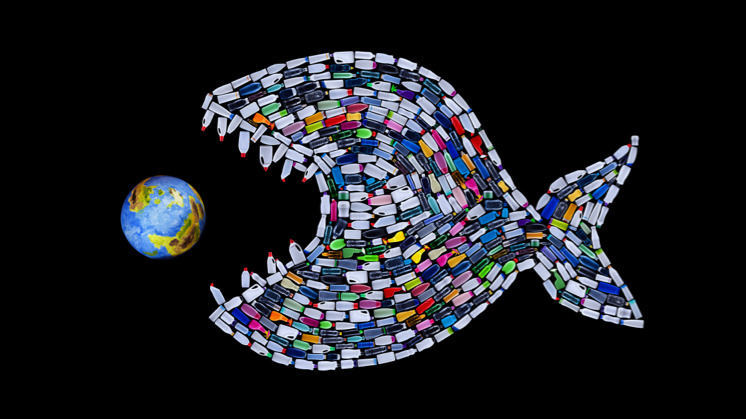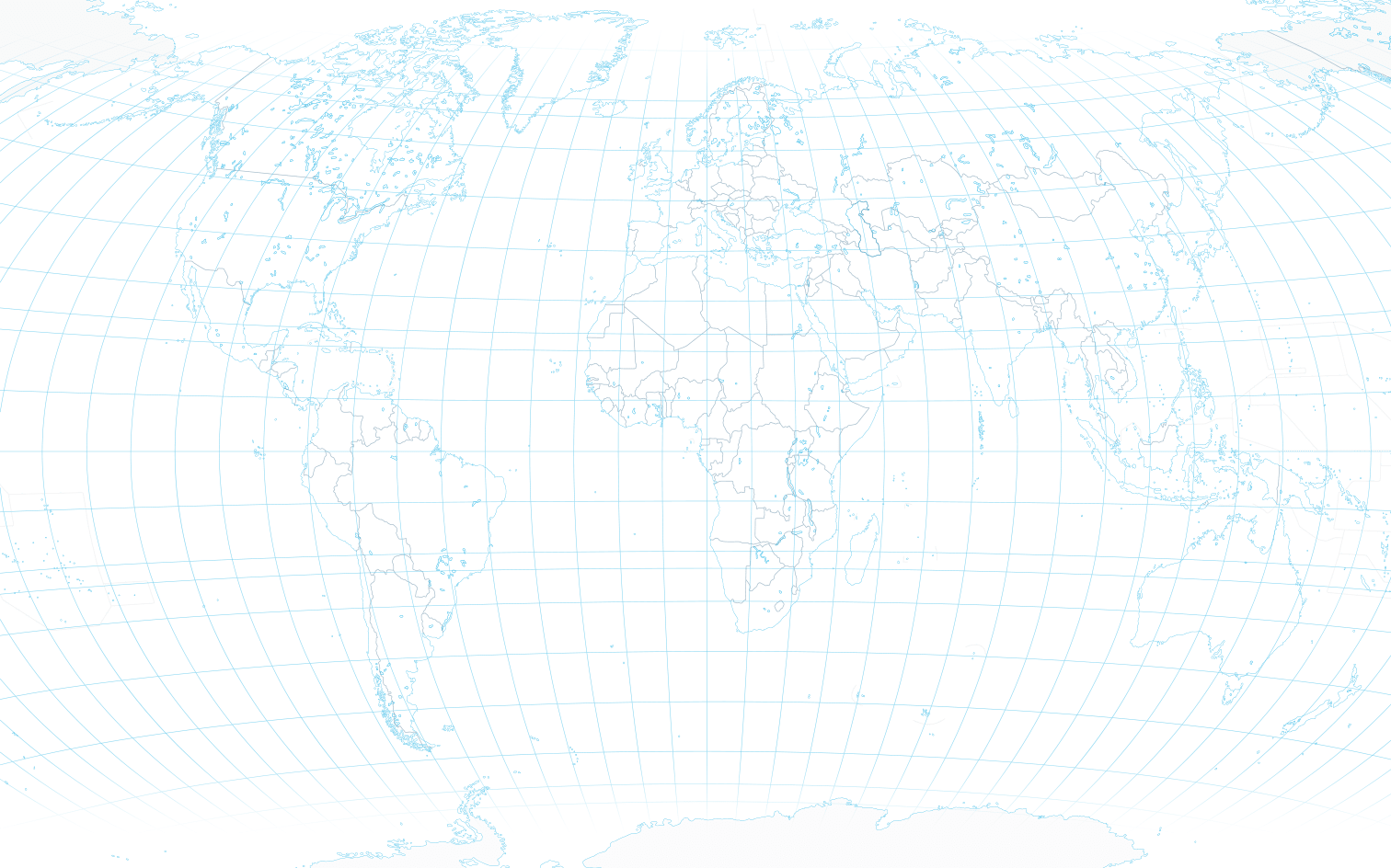Plastic islands
Discover the plastic islands that pollute our oceans
They are not on the maps, but in our oceans there are five floating plastic islands that threaten to eradicate much of the marine life and contribute to climate change. Some of these garbage patches — such as the North Pacific one — are equivalent in size to France, Spain and Germany put together.

The plastic islands are the five continents of shame, the result of more than six decades of waste dumping into the ocean, mostly from land and sea traffic. In all these years we have put 8.3 billion tonnes of this polymer into circulation on a global level, according to estimates by the University of California, and the most worrying thing is that more than 70% is now waste, clogging landfills and the planet's seas.
How are the plastic islands in the ocean formed?
These gigantic concentrations of garbage are mostly made up of microplastics less than five millimetres in size that float inside the oceans' eddies — they are trapped in these immense whirlpools and the ocean currents group them together —. This means that the five biggest plastic islands in the world coincide with the main ocean vortices: the two in the Pacific, the two in the Atlantic, and the one in the Indian Ocean. Plastic islands are also known in other seas of the planet, such as the Mediterranean and the Caribbean, although they are much smaller and more dispersed there.
The first of these five garbage patches — the North Pacific one — was discovered in 1997 by American oceanographer Charles Moore. In 2017 the last one was confirmed in the South Atlantic, and the other three were found in the North Atlantic (2009), the Indian Ocean (2010), and the South Pacific (2011). Let's place the plastic islands on the map and discover some of their characteristics:
THE WORLD'S OCEANIC PLASTIC ISLAND

WHERE ARE THEY?
South
Pacific
North
Atlantic
South
Atlantic
Indian
Ocean
North
Pacific

THE SOUTH PACIFIC
PLASTIC ISLAND
Extension
Approximately 2,6 km2
Fact
The particle density in the centre is approximately 400,000 particles per mi2
THE NORTH ATLANTIC
PLASTIC ISLAND
Extension
The exact sizes are unknown
Fact
The particle density in some areas is approximately 7.220 units/km2
THE SOUTH ATLANTIC
PLASTIC ISLAND
Extension
The smallest 0,7 km2
Fact
It contains approximately 2,860 tonnes of plastic
THE INDIAN
PLASTIC ISLAND
Extension
Between 2.1 and 5 km2
Fact
This waste has been associated with the deaths of sea turtles and birds
THE NORTH PACIFIC
PLASTIC ISLAND
Extension
1.6 million km2
Fact
Contains 1.8 trillion plastics and microplastics and weighs 80,000 tons
- PACIFIC OCEAN
- ATLANTIC OCEAN
- ATLANTIC OCEAN
- INDIAN OCEAN
- PACIFIC
OCEAN
- Acapulco
- Miami
- Caracas
- Lima
- New
York - Casablanca
- Dakar
- Rio de
Janeiro - Cape
Town - Colombo
- Antananarivo
- Perth
- Tokyo
- Manila
Consequences of plastic islands on the planet
The United Nations (UN) has long warned the international community of the damage ocean garbage does to the economy and the environment. This waste decimates marine ecosystems by killing more than a million animals a year, and also makes the conservation of the oceans, initially planned by the UN Convention on Biological Diversity, more expensive by billions of dollars.
Ocean plastic also compromises the livelihoods and prosperity of many small fishing communities, damages air quality, pollutes the atmosphere and contributes to global warming. Along these lines, researchers at the University of Hawaii discovered in 2018 that polyethylene — one of the most widely used disposable plastics — emits greenhouse gases, such as ethylene and methane, when decomposed in the sun.
Nevertheless, organisations like Greenpeace report that floating plastic accounts for only 15% of the total, while 85% remains hidden under water —at depths of up to 11,000 metres, or even trapped in Arctic ice. Ocean garbage is proliferating to such an extent that, by 2050, the World Economic Forum (WEF) predicts that the oceans could contain more tonnes of plastic than fish.
How to eradicate plastic islands?
Ending the plastic in the oceans is as urgent a task as it is difficult to tackle. Although some ingenious initiatives are already under way, these are projects proposing small-scale solutions. These attempts are laudable, but insufficient for a problem that, in addition to technology, requires scientific research, political action and international cooperation, among other things.
Nevertheless, is in our hands to do something to prevent the situation from getting worse through simple practices such as:
- Reducing the consumption of plastic — reusing what you can and always recycling, using either bins or recycling stations —.
- Supporting organisations working to eradicate ocean plastic.
- Contributing to spreading awareness of the problem and among the people around you.
- Participating in clean-up days at sea and in coastal areas for the recovery and recycling of waste.
- Notifying the authorities whenever you know or witness violations related to the management of plastic waste.




